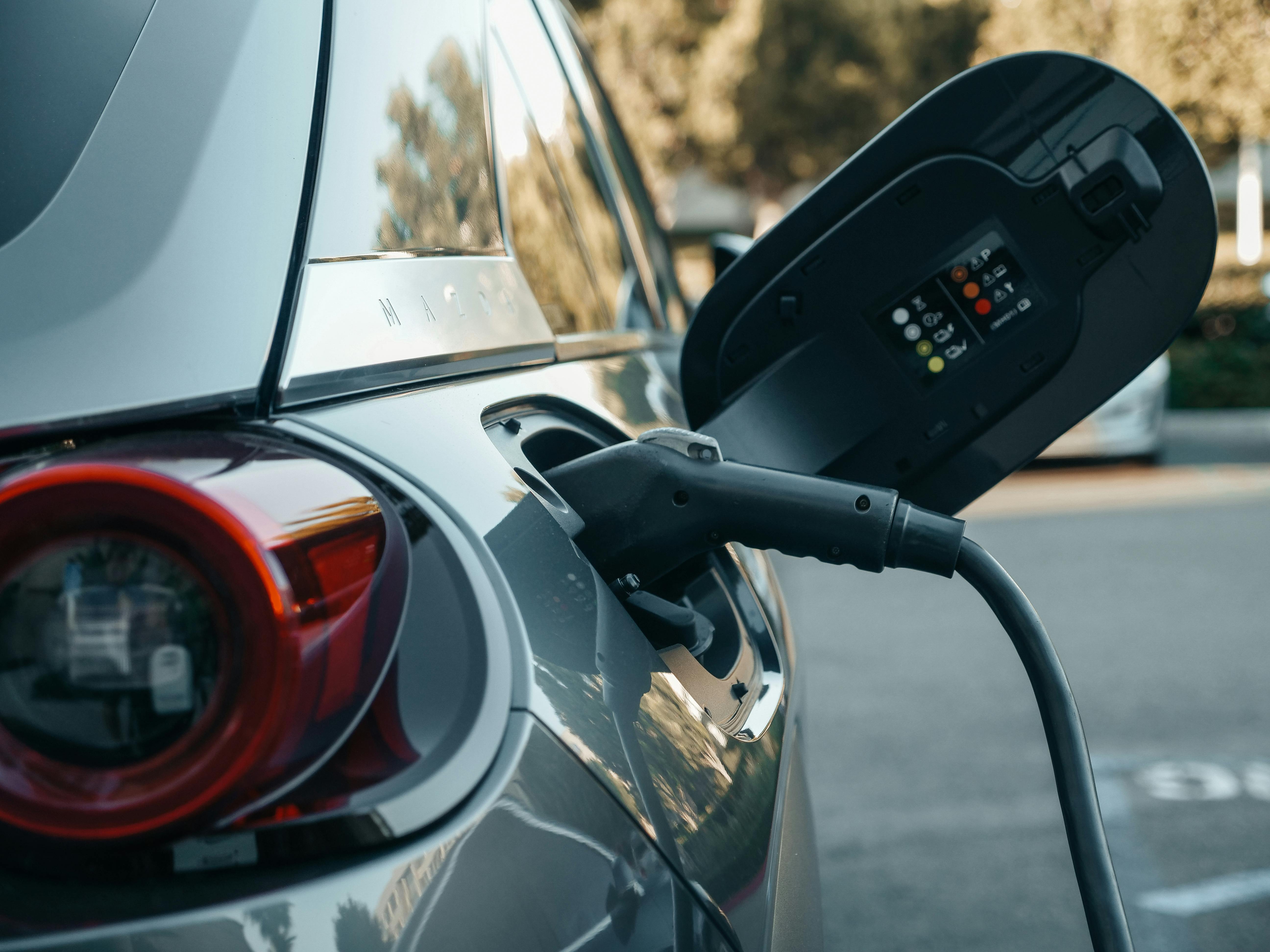Discovering the Intricacies of Supercharging: A Power Booster for Modern Engines
Introduction: Ever wondered how your compact car engine competes with the power of high-performance vehicles? The answer lies in a simple, yet revolutionary technology: supercharging. Let's unravel the magic behind this power-boosting mechanism, its implications, and the future it holds.

The Genesis of Supercharging
Supercharging, contrary to popular belief, is not a recent phenomenon. The roots of this technology can be traced back to the early 20th century. Invented by Lee Chadwick in 1900, it was initially used to increase the power output of aircraft engines. The concept was simple: force more air into the combustion chamber, enabling the engine to burn more fuel and produce more power. Over the decades, this technology was refined and adapted for automotive applications, revolutionizing the way we perceive engine power and performance.
The Mechanism Behind the Magic
Supercharging is all about increasing the engine’s efficiency. Unlike naturally aspirated engines, which rely on atmospheric pressure for air intake, superchargers force more air into the engine. The supercharger, driven by the engine’s crankshaft via a belt, compresses the intake air, thus increasing its density before it enters the combustion chamber. This denser air charge allows the engine to inject more fuel, resulting in a more potent combustion process and a significant increase in power output.
The Advantages of Supercharging
The most obvious benefit of supercharging is the increase in power and torque, providing drivers with an exhilarating experience behind the wheel. But the advantages extend beyond mere power. Superchargers, unlike their counterparts - turbochargers, provide instant throttle response, eliminating the dreaded ‘turbo-lag’. Furthermore, they’re compatible with almost any type of engine, making them a versatile solution for enhancing performance.
The Challenges and Potential Solutions
Despite its impressive benefits, supercharging is not without challenges. The significant increase in power comes with an increase in fuel consumption and emissions. The added complexity also means higher initial, maintenance, and repair costs. However, the auto industry is actively working on solutions. New developments focusing on improving supercharger efficiency and integrating it with other technologies, like hybrid powertrains, promise to overcome these challenges.
The Future of Supercharging
The automotive landscape is rapidly changing, and so is the future of supercharging. With manufacturers striving for efficiency and performance, the supercharger’s role is evolving. Techniques such as electric supercharging and dual-charging (combining supercharging and turbocharging) are on the horizon. These advancements promise to deliver the best of both worlds - performance and efficiency, making supercharging a relevant and exciting technology in the years to come.
In conclusion, supercharging has come a long way since its inception. It has revolutionized the way we perceive performance, redefining the limits of what compact car engines can achieve. As we move forward, this technology continues to evolve, promising an exciting future for automotive enthusiasts.




